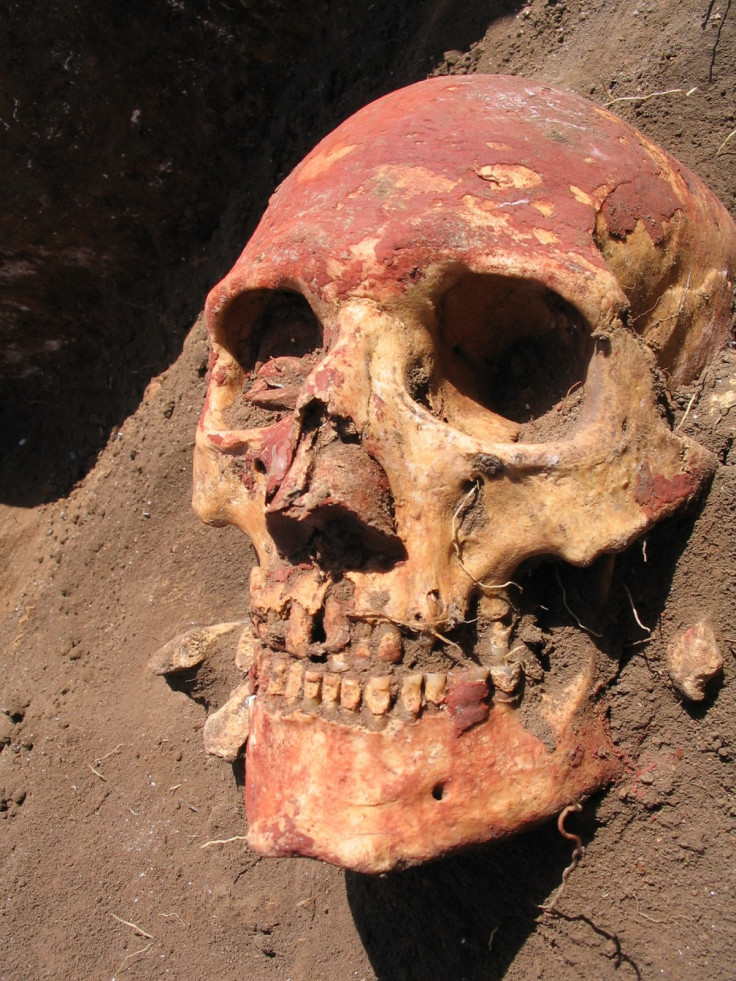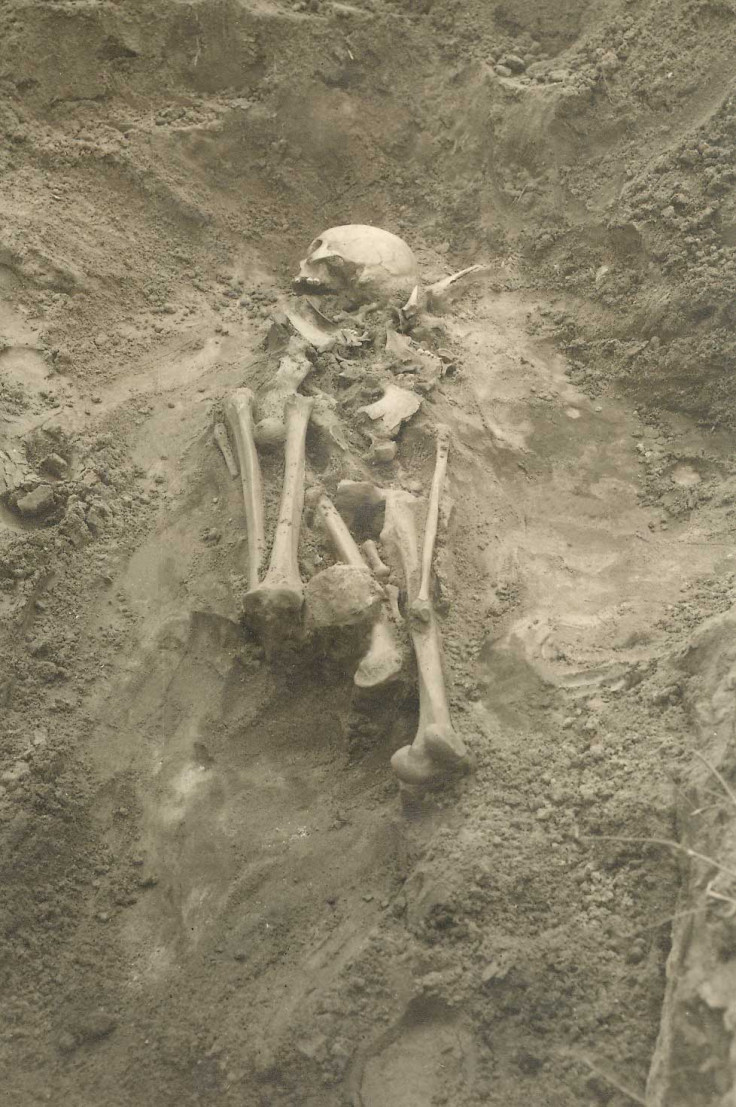Plague of Athens 'caused by the plague' as evidence shows infections in Bronze Age humans

The Plague of Athens that devastated Ancient Greece in 430BC and the Antonine Plague that killed an estimated five million people in the Roman Empire may well have been caused by, well, the plague. DNA analysis of Bronze Age teeth has now shown plague infections were common in humans 3,300 years before current historical records suggest – and may have been responsible for major population declines in the third and fourth millennium BC.
The international team of scientists from the Copenhagen, Denmark, and the UK say their findings, published in the journal Cell, will help us better understand how future pathogens could arise and evolve increased virulence.

The team analysed the genomes from teeth from 101 adults from the Bronze Age found across the Eurasian landmass. They found Yersinia pestis – the bacteria that causes the plague – in seven of the adults, the earliest of which died over 5,700 years ago. Previously, evidence of Y. pestis had not been found in skeletal material older than 1,500 years ago. This old finding fitted with the first plague pandemic in historical records – the Plague of Justinian in 541AD.
Senior author Eske Willerslev said: "We found that the Y. pestis lineage originated and was widespread much earlier than previously thought, and we narrowed the time window as to when it developed. This study changes our view of when and how plague influenced human populations and opens new avenues for studying the evolution of diseases."

Findings indicate these early plague infections spread from human to human. It would be another 1,000 years before Y. pestis acquired the changes in virulence genes that let it spread through fleas and evade the host immune system.
The Bronze Age Y. pestis genomes lacked a gene called Yersinia murine toxin (ymt), which protects the pathogen inside the flea gut allowing the disease to spread via insects. However, an Iron Age sample did have this gene – suggesting the plague became transmissible by fleas up to 3,700 years ago.
The plague that affected Bronze Age populations would not have affected people in the same way bubonic plague does, which affects the lymphatic immune system. Instead, the disease would have been pneumonic, affecting the respiratory system and causing severe coughing fits before death. Breathing around infected people would have led people to inhale the bacteria and become infected themselves.

High levels of migration during the Bronze Age may well have resulted in the spread of the plague, researchers said. Study co-author Marta Mirazón-Lahr said: "The Bronze Age was a period of major metal weapon production, and it is thought increased warfare, which is compatible with emerging evidence of large population movements at the time.
"If pneumonic plague was carried as part of these migrations, it would have had devastating effects on small groups they encountered. Well-documented cases have shown the pneumonic plague's chain of infection can go from a single hunter or herder to ravaging an entire community in two to three days."
Another suggestion is that people were migrating to escape the plague. "One of the scenarios we discussed was the idea that large epidemics could have facilitated such dynamics," study co-first author Morten Allentoft said: "Perhaps people were migrating to get away from epidemics or re-colonising new areas where epidemics had decimated the local populations. Could it be, for example, that plague was present in humans already in these prehistoric times?"

Scientists also suggest the reason why the Bronze Age pneumonic plague evolved into the bubonic plague. Co-author Robert Foley explained: "Every pathogen has a balance to maintain. If it kills a host before it can spread, it too reaches a 'dead end'.
"Highly lethal diseases require certain demographic intensity to sustain them. The endemic nature of pneumonic plague was perhaps more adapted for an earlier Bronze Age population. Then, as Eurasian societies grew in complexity and trading routes continued to open up, maybe the conditions started to favour the more lethal form of plague."
The study opens new avenues of research into plague outbreaks in history. For example, the Books of Samuel in the Bible describe a disease outbreak among the Philistines in 1320BC that would fit with the description of the bubonic plague. Willerslev said. Co-first author Simon Rasmussen added: "Our study changes the historical understanding of this extremely important human pathogen and makes it possible that other so-called plagues, such as the Plague of Athens and the Antonine Plague, could have been caused by Y. pestis."
© Copyright IBTimes 2025. All rights reserved.






















